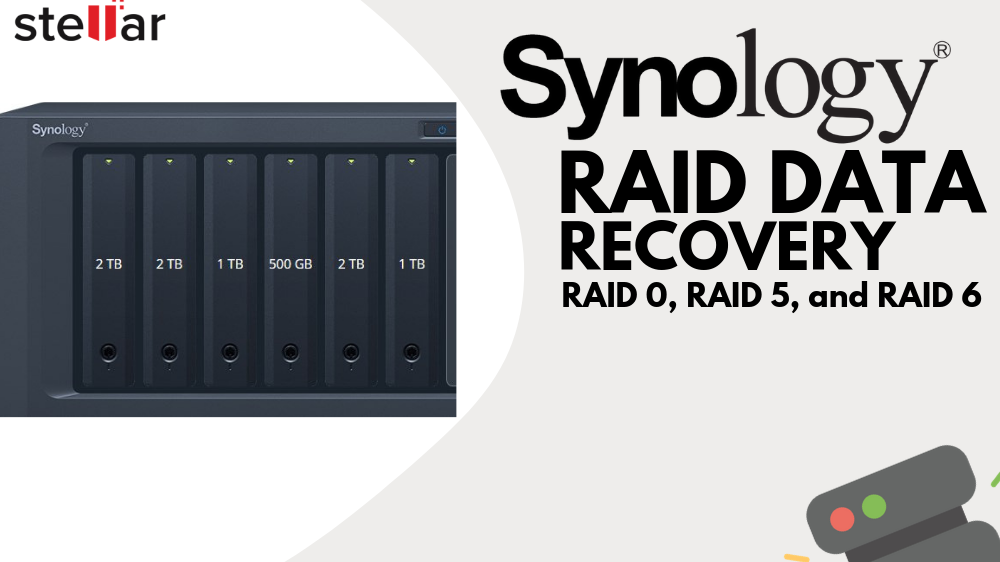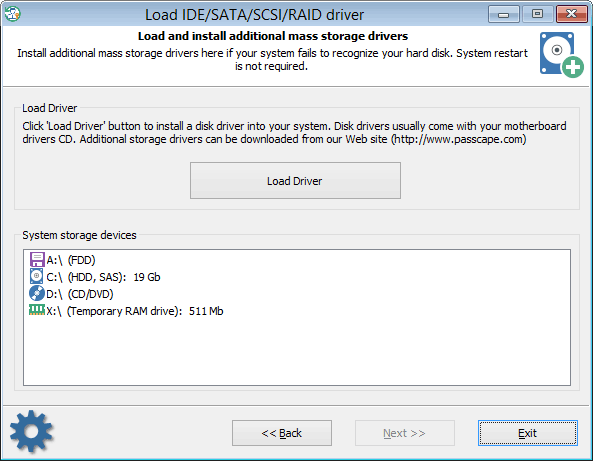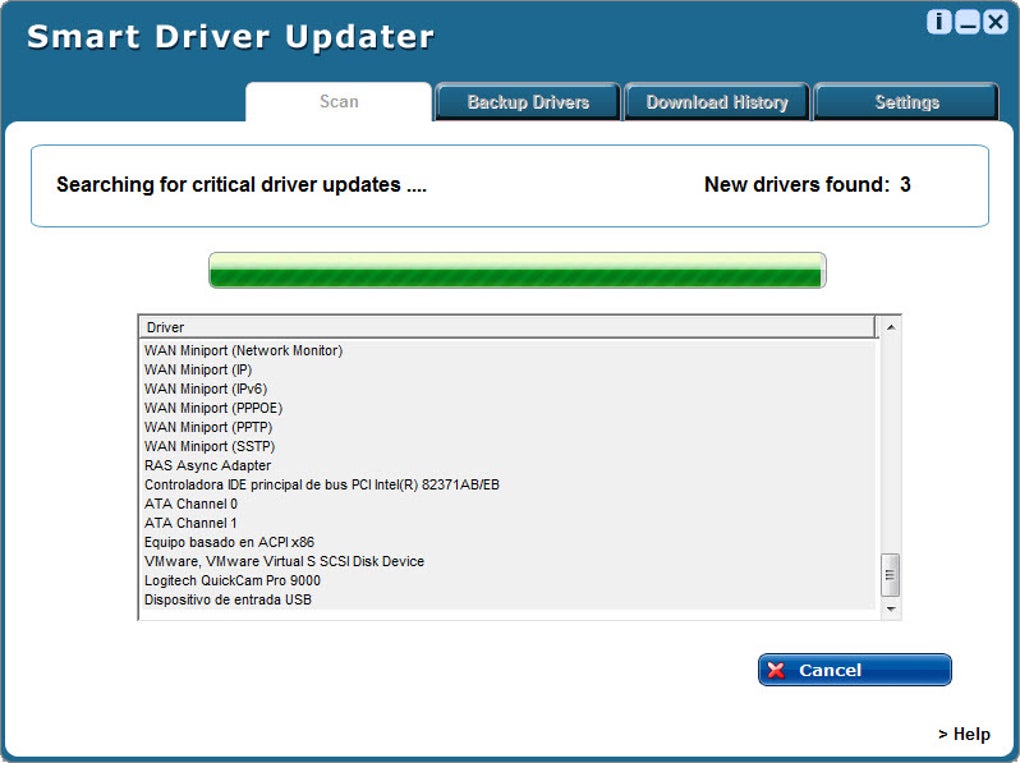Page 1 of 2 - DEVICE HARDDISKVOLUME2 WINDOWS SYSTEM32 SVCHOST.EXE - posted in Virus, Trojan, Spyware, and Malware Removal Help: Hi, I have Norton security and I keep getting an alert that a. This site maintains listings of scsi, ide, drive, tape backup, and other storage related driver drivers available on the web, organized by company. Includes links to useful resources.

- Introduction
Introduction
SCSI (Small Computer Systems Interface) is a smart bus,controlled with a microprocessor, that allows you to add up to 15peripheral devices to the computer. Alware laptops & desktops driver download. These devices can include harddrives, scanners, printers, and other peripherals. High-end singleSCSI boards have two controllers and support up to 30 peripherals on asingle expansion card. An advantage of SCSI is that you can connectseveral peripherals to one host adapter, using only one slot in thebus.
Uses for SCSI
Ene Scsi & Raid Devices Drivers

SCSI is widely used in workstations, servers, and mainframes; it isless commonly used in desktop PCs. The advantage of SCSI in a desktopPC is that you can add a scanner and several other drives (forexample, CD-Rs, DVD-RAM, Zip drives), as well as hard drives, to oneSCSI cable chain. This has become less important as alternateinterfaces such as USB and FireWire have becomepopular.
SCSI is useful in network servers, where several hard drives can beeasily set up as a RAID configuration. If one drive fails,it can be removed and a new one inserted, without loss of data, whilethe system is still operational. This feature of RAID hardware iscalled hot-swapping.
You can install SCSI hard drives in a PC that already contains one ormore IDE disk drives. The IDE drive will still be the bootdrive, and the SCSI drives will provide additional storage. An IDEdevice is always the default boot device even if a SCSI hard drive isinstalled and configured as SCSI device number 0. For example, if aSCSI hard drive is on the same computer with an IDE CD-ROM drive, thecomputer will always boot to the CD-ROM drive; the only way aroundthis is to replace the IDE CD-ROM with a SCSI one.
Connecting SCSI devices
SCSI devices are daisy-chained together. External devices have twoports, one for the incoming cable and another for the outgoing cableto the next device. An internal device has a single port that attachesto a ribbon cable with multiple connectors. Some higher-end SCSIcards may have multiple internal ports that allow you to attachmultiple ribbon cables.
Each SCSI device must have a unique ID number; normally you can setthese numbers by flipping rotary switches on external devices or bysetting jumpers on internal ones. The SCSI ID determines the deviceorder, which runs from 7 to 0 and then from 15 to 8. The hostadapter defaults to the highest priority, which is 7.
You must terminate the device at the end of a SCSI chain by eithersetting a switch or plugging a resistor module into the openport. Usually, host adapters default to terminated. If devices areconnected both internally and externally, you must remove the hostadapter termination and apply termination to the ends of both chains.
There are adapters that allow SCSI peripherals to be connected via theparallel port. The parallel port's transfer rate is considerably lessthan that of the SCSI host adapter, but it does provide a means tohook up SCSI devices to laptops. Not all SCSI devices will work on aparallel adapter, and some SCSI devices have their own parallel portadapters. In general, expect transfer rates of around 1MBps whenusing a SCSI-to-parallel-port adapter.
SCSI support
Windows 95, 98, NT, Me,2000, and XP as well as most older Macintoshcomputers provide internal support for SCSI, but Windows3.1 and DOS do not. Newer Macintosh computers supportFireWire rather than SCSI for high-performanceinterfaces. To install SCSI in a Windows 3.1 or DOS computer, you mustadd the appropriate SCSI driver.
More information
This information was adapted from TechEncyclopedia at:
You can find more information on SCSI at:
Bewan Wi-Fi USB 54 Driver 1.0 4,990 downloads. Network Card Other. Mar 21st 2007, 13:07 GMT. Bewan LanBooster 8104G Firmware a50203-lb8104g. 
Kme driver download for windows xp. Option 2: Update drivers manually. To find the latest driver, including Windows 10 drivers, choose from our list of most popular KME Mouse / Keyboard downloads or search our driver archive for the driver that fits your specific Mouse / Keyboard model and your PC's operating system.
SCSI standards
- SCSI-1: Uses an 8-bit bus and a 25-pinCentronics-style connector. Supports data rates of 4-5MBps and cansupport up to 7 devices
- SCSI-2: Same as SCSI-1, but uses a 50-pinconnector instead of a 25-pin connector, and supports multipledevices. This is what is most commonly meant as plain SCSI. Cansupport up to 7 devices
- Fast SCSI: Uses an 8-bit bus, but doubles theclock rate to support data rates of 10MBps. Uses a 50-pin connectorand can support up to 7 devices
- Wide SCSI or Fast Wide SCSI: Uses a wider cable(168 cable lines to 68 pins) to support 16-bit transfers. Supportsdata rates of 20MBps and can support up to 15 devices
Note: The term 'wide' refers to the number of cablelines, not to the physical width of the cable, which is actuallysmaller than a 50-pin 'narrow' SCSI cable.
- 8-bit Ultra SCSI-3: Uses an 8-bit bus, andsupports data rates of 20MBps
- 16-bit Ultra SCSI-3: Uses a 16-bit bus. Supportsdata rates of 40MBps and can support up to 15 devices. Also calledUltra Wide SCSI
- 8-bit Ultra-2 SCSI-3: Uses an 8-bit bus. Supportsdata rates of 40MBps and can support up to 8 devices. This is alsothe first generation of SCSI to use a 'low voltage differential' bus,which means that you will sometimes see Ultra-2 referred to as 'LVD'SCSI.
- Wide Ultra-2 SCSI: Uses a 16-bit bus. Supportsdata rates of 80MBps and can support up to 15 devices
- Ultra3 SCSI: Not a specific protocol, but rathera label that the SCSI Trade Association created to apply to any SCSItechnology that combines Ultra2 SCSI with one or more of five newfeatures as defined by the ANSI SCSI-3 Parallel Interface - 3 (SPI-3)specification. Since Ultra3 does not restrict which features must beincluded, there could be as many as 63 variations that could qualifyas Ultra3 SCSI. It would also be possible that two Ultra3 SCSI devicesmight not communicate at 160MBs because they would not include thesame set of features.
- Ultra 160 SCSI: This is Adaptec's and other SCSImanufacturers' implementation of their interpretation of the Ultra3specification. It was created in response to a controversy arisingfrom the fact that a manufacturer can implement only one of the fivekey features of the SPI-3 standard created by ANSI and still callitself 'Ultra 3 SCSI'. Adaptec and the other manufacturers wanted todistinguish their product by advertising its maximum possible speedof 160MBps. Their standards includes Double Transition Clocking(sending info on both the rise and decay of a clock cycle, whichspeeds data transfer without increasing the controller's clock speed),Cyclical Redundancy Checking (CRC), and Domain Validation (optimumspeed negotiation). Ultra 160 has become the de facto standard, inplace of Ultra 3; later technologies did not follow the 'Ultra 3'naming paradigm by getting named 'Ultra 4' and instead were named'Ultra 360' and 'Ultra 640'.
- Ultra 160+: This is simply Ultra 160 with allfive of the ANSI SPI-3 features built in, instead of just one to fourof them.
- Ultra 320 SCSI: This is a bit more than simply anextension of the Ultra 160. This is a newer generation of SCSIattempting to implement the SCSI-3 Parallel Interface - 4 (SPI-4)standards. It has a faster (80MHz) bus with a wide (16-bit) datapath. As you can tell from the name, 320MBps is the expected top speedof this interface.
- Ultra 640 SCSI: An extension of the previousstandard, this time to 640MBps. This standard never became popular,due to the severe cable length limits required to meet the speed. Mostmanufacturers have skipped over this standard and have chosen toadopt Serial Attached SCSI instead.
- Serial Attached SCSI (SAS): This is the lateststandard attempting to switch over to a serial from a parallelinterface; all the standards mentioned here before this one areparallel interfaces (i.e., multiple wires and connectorsside-by-side). This does mean that SAS will be the firstnon-backwards-compatible SCSI standard, at least where the connectoris concerned. It is meant to use the best features of SCSI, Serial ATA(SATA), and fiber channel disk interfaces, and is expected to havesome compatibility with SATA (one way only; an SAS controller willrecognize a SATA drive, but a SATA controller will not recognize anSAS drive). Transfer speeds start at 3GBps (gigabits per second), andthe standard calls for that to increase to 10GBps by the year 2010.
SCSI connectors and interfaces

- Centronics 50-pin connector: The Centronics50-pin connector was once the most widely used SCSI connector. Anexternal connector only, the Centronics is a SCSI-1 connector thatlooks the same as the Centronics cable that attaches to a parallelport printer. The Centronics 50-pin cable comes in male and femalestyles, and gender changers and cable converters are commonlyavailable. Although used on older SCSI devices and external driveenclosures, this interface is no longer heavily used, due to its slowspeed and short cable lengths.
- High-density 50-pin connector: The high-density50-pin connector is used on scanners and Jaz drives. It is one of themore common SCSI connectors and is usually used to connect SCSI-2devices. Both ends of the cable are usually 50-pin male, while thesockets on the host adapter and external devices are 50-pin female.
- DB 25-pin connector: The DB 25-pin or D Sub 25 isby far the most widely used connector. This connector is used forparallel and serial printers in addition to the many other devicesavailable. Both ends of the cable are usually 25-pin male, while thesockets on the host adapter and external devices are 25-pin female.This cable is almost always an external connector.
Note: DB-25 SCSI cables are not compatible with andshould not be used as serial or printer cables; serial cables andprinter cables should not be used or attached to DB-25 SCSI adapters.You can short out the SCSI host adapter or the motherboard by usingthe wrong cable. Marking cables is the best way to avoid this.
- IDC50 connector: The IDC50 is the most commoninternal SCSI connector. It is very similar to the standard IDEinternal ribbon cable. The IDC50 SCSI cable is considerably widerthen an IDE ribbon cable; in fact, it is usually the widest standardinternal cable in use. This is a standard SCSI-2 10MBps internal SCSIcable. Many low-end cables have only two or three connectors, allowingfor one or two devices to be attached to the cable. Seven-devicecables are available, though they are often expensive and require alarge case, as the cables may be four or five feet long.
- High-density 68-pin connector: The high-density68-pin connector is the SCSI connector of choice for SCSI-3 hostadapters and peripherals. There is an internal ribbon cable versionthat looks very similar to the IDC50 connector. Many low-end cableshave only two or three connectors, allowing for one or two devices tobe attached to the cable. Seven-device cables are available, thoughthey are often very expensive and require a large case, as the cablesmay be three or more feet long. Both ends of the external cable areusually 68-pin male, while the sockets on the host adapter andexternal devices are 68-pin female.
- SCA 80-pin Micro-Centronics connector: SCA standsfor Single Connector Attachment, a type of disk drive connector thatincludes connection pins for the power cables as well as the datawires. A SCA connector uses an 80-pin plug and socket to connectperipherals. This connector combines power, data channel, and IDconfiguration for fast installation and removal. SCAconnectors are typically found only on high-end SCSI hard disks. TheSCA interface was designed to provide a standard connection forsystems using drives that can be hot-swapped. SCA makes swapping SCSIhard drives much easier than with traditional SCSI cables,plugs, and sockets. An adapter enables SCA drives to fit into standardSCSI enclosures.
- Serial Attached SCSI SFF 8482: Also called '4xinternal' by some vendors. This is a connector with the same formfactor as SATA with the addition of a 'bump' to key it specificallyfor SAS. (SATA drives can be plugged into SAS controllers, but SASdrives will not function with a SATA controller; hence, the necessityfor the key bump on the connector.) As the name says, it's meant to beused internally, i.e., inside the computer case.
- Serial Attached SCSI SFF 8484: Also called'32-pin' or 'MultiLane'. This is a high density connector usuallyintended to plug into the motherboard, controller, or backplaneitself. Cables with this connector on one end usually have fourindividual SFF 8482 connectors on the other.
- Serial Attached SCSI SFF 8470: Also called '4xexternal' by some vendors. This is simply a version of the SFF 8484that's meant to be used with external (i.e., not located within thecase) drives.
You can find more information about SCA connectors at:
ENE SCSI & RAID Devices Driver

Ene Scsi & Raid Devices Driver Win 7
You can find more information about SCSI interfaces and connectors at:
